

To get the best experience for our site, we recommend you upgrade to the latest version of Internet Explorer, or select another web browser, a list of the most popular web browsers can be found below
You can download the main browser here:
 Position :
Home>
News & Tutorial
>Products
Position :
Home>
News & Tutorial
>Products
Date: 2023-11-06 16:20:00
 Position :
Home
>Products
Position :
Home
>Products
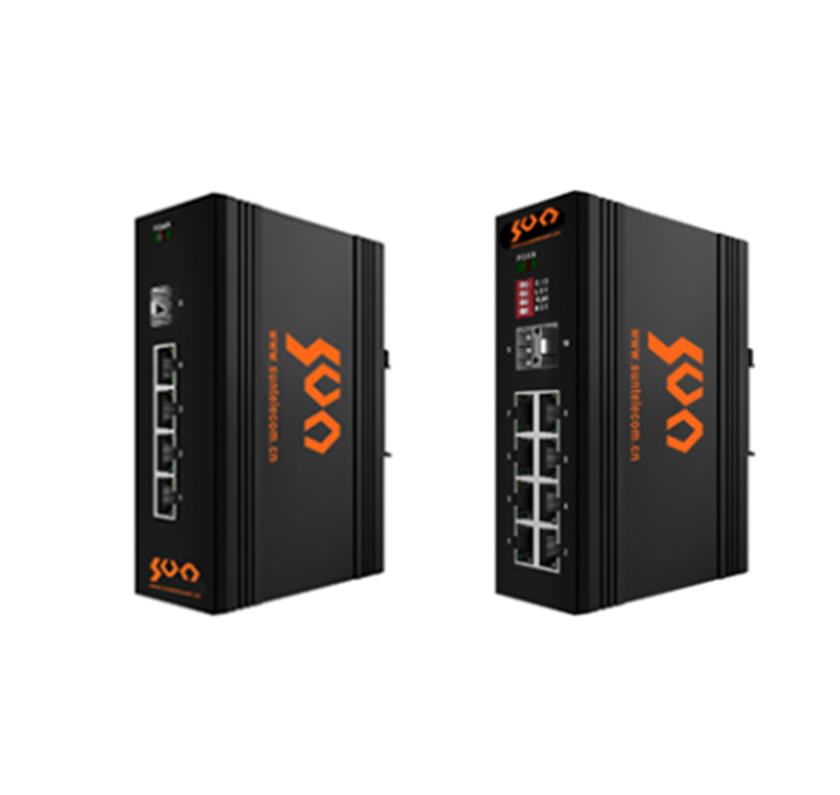
Gigabit Ethernet Switch plays a crucial role in the network ...
Learn More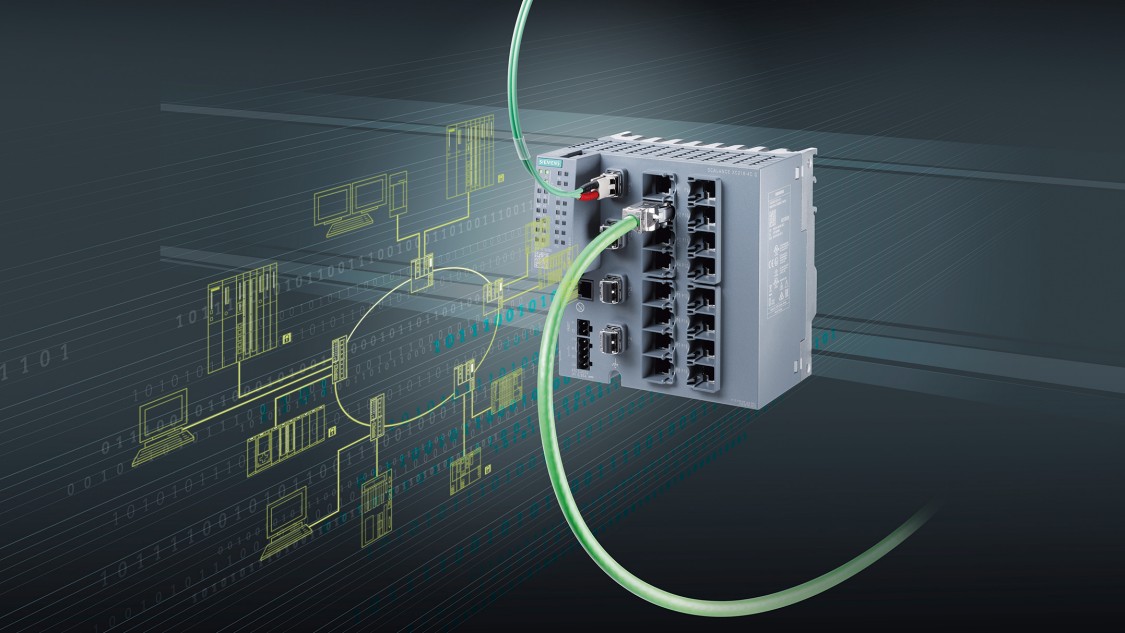
Industrial Ethernet Switch plays an essential role in various...
Learn More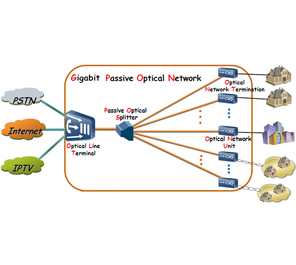
GPON gives the end user the ability to consolidate multiple services onto a single fibre transport network.
Learn More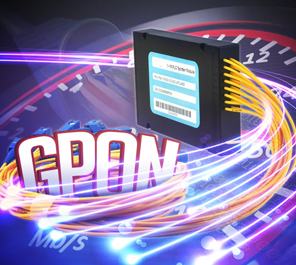
GPON provides one of the most cost-effective ways to bandwidth-intensive applications.
Learn More
Optical fiber networks operate on different passive optical ne...
Learn More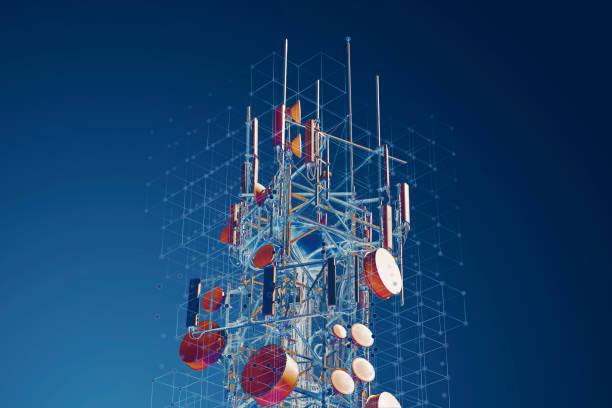
At present, more operators worldwide have carried out the 10G...
Learn More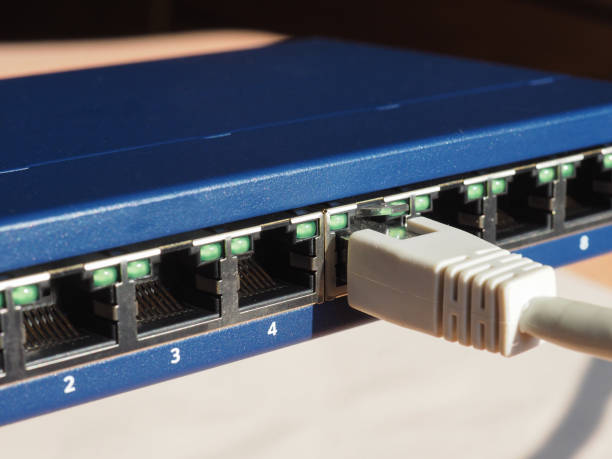
The Ethernet passive optical network (EPON) is an effective n...
Learn More ics@suntelecom.cn
ics@suntelecom.cn  +86 18964888554
+86 18964888554
 Building No.145, Lane 666 Xianing Road, Jinshan Industrial Zone, Shanghai 201506, China
Building No.145, Lane 666 Xianing Road, Jinshan Industrial Zone, Shanghai 201506, China
Copyright ©1989-2025 ALL Rights Reserved
ICP (Shanghai) Number: 13005159